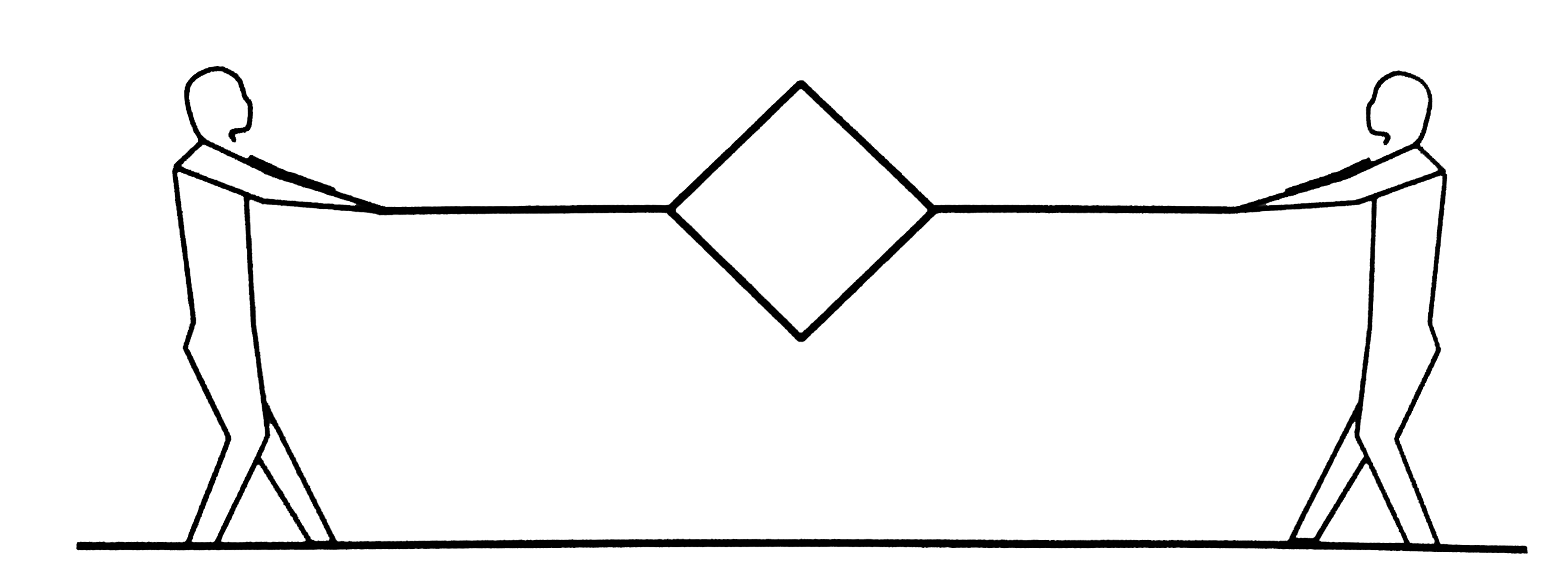12 j of work has to be done against an existion electric field to take a charge of 0.01 C from A to B. How much is th potential difference Solution in Gujrati
Now,
Now, work done=potential differencexxcharge
Topper's Solved these Questions
- ELECTRIC FIELD AND POTENTIALBOOK - HC VERMACHAPTER - ELECTRIC FIELD AND POTENTIALEXERCISE - Objective 2
8 Videos
- ELECTRIC CURRENT THROUGH GASESBOOK - HC VERMACHAPTER - ELECTRIC CURRENT THROUGH GASESEXERCISE - Exercises
23 Videos
- ELECTROMAGNETIC INDUCTIONBOOK - HC VERMACHAPTER - ELECTROMAGNETIC INDUCTIONEXERCISE - EXERCISE
9 Videos
Similar Questions
Mark out the correct potons.
View SolutionA discharge tube contains helium at a low pressure. A large potential difference is applied across the tube. Consider a helium atom that has just been ionized due to the detachment of an atomic electron. Find the ratio of the distance travelled by the free electron to that by the positive ion in a short time dt after the ionization.
View SolutionShown a metallic square frame of edga a in a vertical plane. A uniform magnetic field B exists in the space in a directon perpendicular to the plane of the figure. Two boys pull the opposite corners of the square ot deform it into a rhombus. They start pulling the corners t t=0 and sisplace the corners at a uniform speed u. (a) find the induced emf in the frame at the instant when the angles at these corners reduce to 60∘. (b) find the induced current in the frame at this instatnt if the total resistance of the frame is R. (c) Find the total charge which flows through a side of the frame by the time the square is deformed into a straight line.

View Solution12 j of work has to be done against an existion electric field to take a charge of 0.01 C from A to B. How much is th potential difference VBVA?
View SolutionFind V_(ba) , if 12 J of work has to be done against an electric field to take a charge of 10^-2 C from a to b.
View Solution1 mu C charge is shifted from A to B, and it is found that work done by an external force is 40 mu J . In doing so against electrostatic forces, find potential difference V_A - V_B .
View SolutionIn moving from A to B along an electric field line, the work done by the electric field on an electron is 6.4×10−19J. If ϕ1andϕ2 are equipotential surfaces, then the potential difference VC−VA is.
 .
.
View SolutionHow much work is done in moving a charge of 2C across two points having a potential difference of 12V ?
View SolutionA and B are two points in an electric field . If the work done in carrying 4.0 C of electric charge from A to B is 16.0 J , the potential difference between A and B is
View Solution20 J of work has to be done against an existing electric field to take a charge of 0.05 C from A to B. How much is the potential difference VB−VA ?
View Solution15 joule of work has to be done against an existing electric field to take a charge of 0.01 C from A to B. Then the potential difference (VB−VA) is :-
View Solutionदो आवेश +q तथा-q चित्रानुसार व्यवस्थित हैं। A तथा B बिन्दुओं पर विभव क्रमशः VA तथा VB हैं, तब VA−VB ज्ञात करो।

View SolutionHow much work is done in moving a charge of 2 C across two points having a potential difference 12 V?
View SolutionHow much work is done in moving a charge of 2C across two points having a potential difference of 12V ?
View Solution12 j of work has to be done against an existion electric field to take a charge of 0.01 C from A to B. How much is th potential difference VB−VA?
View SolutionIn an electric field, electric potential at a point is 10V. How much work has to be done to bring 0.5 C electric charge from infinite distance to that pOint?
View Solution
